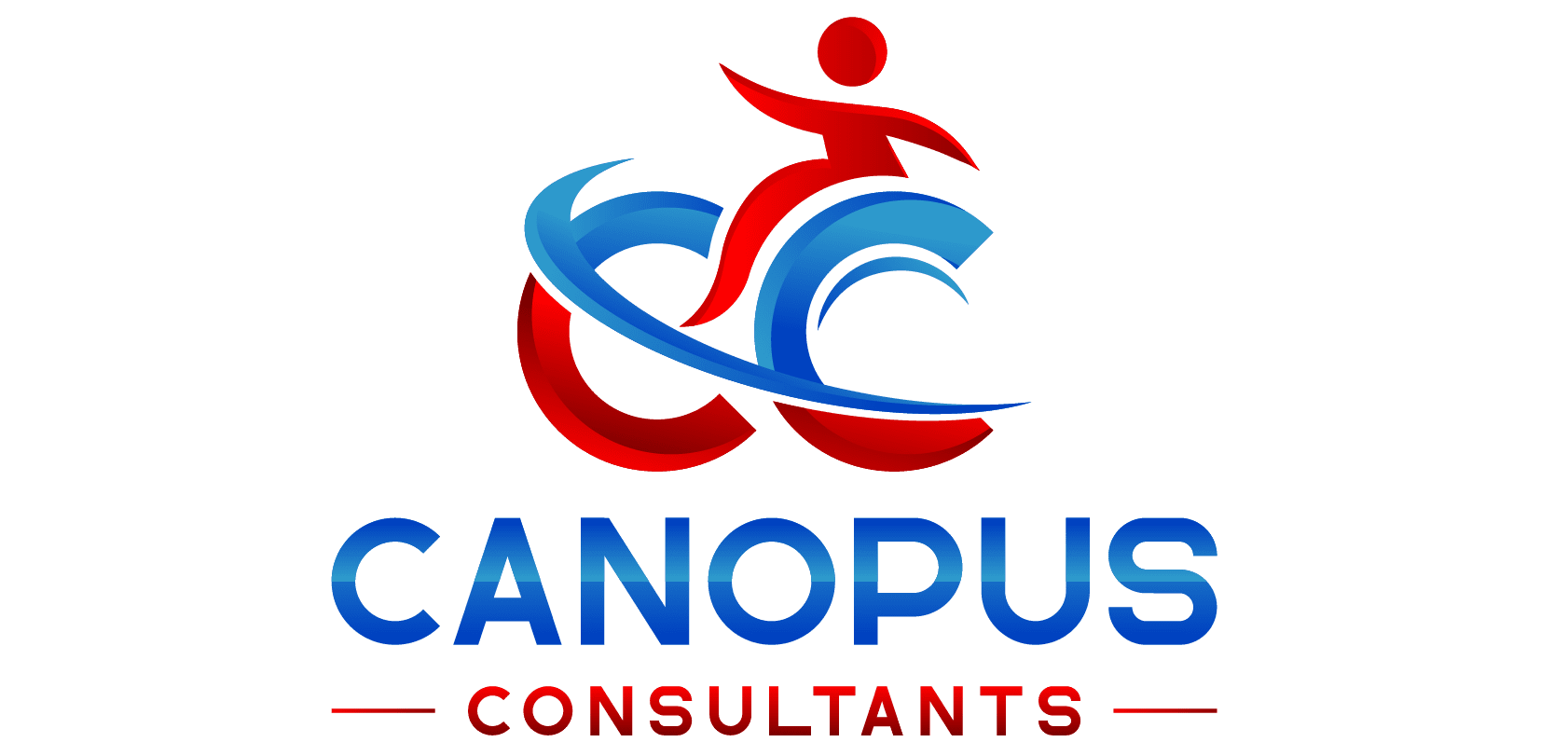
Audit refers to the systematic examination and verification of an organization’s financial statements, records, and data to ensure accuracy, compliance, and reliability. It is a crucial financial process that provides an independent and objective assessment of an entity’s financial health. In this article, we will dive into what is involved in an audit, shedding light on the key components and steps.
1. Pre audit planning
Before commencing the audit, auditors need to have a thorough understanding of the entity’s operations, industry, and objectives. This includes studying the business model, organizational structure, key processes, and the regulatory framework in which the entity operates.
· Identifying Risks and Control Systems
During the pre-audit planning phase, auditors assess and identify the risks that may impact the accuracy and reliability of the financial statements. These risks can result from factors such as changes in the industry, economic conditions, or internal control weaknesses.
· Designing the Audit Approach
Once the risks and control systems have been assessed, auditors design the audit approach. This involves assessing the characteristics, timing, and scope of audit procedures. The audit approach outlines the specific tests, sampling methods, and sources of evidence that will be used to gather the necessary information for the audit.
· Budgeting and Staffing
Pre-audit planning also involves budgeting and staffing considerations. Auditors estimate the time, costs, and resources required to conduct the audit effectively. This includes determining the appropriate staffing levels, identifying specialists if needed, and allocating resources to different areas based on their significance and risk.
2. Risk assessment
Risk assessment is an integral part of the audit process that helps auditors identify and evaluate potential risks that may impact the accuracy and reliability of an organization’s financial statements. By understanding and assessing these risks, auditors can focus their efforts on areas of higher risk, tailor their audit procedures accordingly, and ultimately provide stakeholders with a more reliable audit opinion.
· Identifying Risks
The first step in risk assessment is identifying potential risks that the organization may face. These risks can be categorized into different areas such as financial risks, operational risks, compliance risks, or strategic risks, depending on the nature of the organization. Identifying risks involves a comprehensive analysis of internal and external factors that could impact financial reporting.
· Assessing Risks
Once risks are identified, auditors assess their likelihood and potential impact on the financial statements. This involves evaluating the probability of the risk occurring and the potential magnitude of its impact. By assessing risks, auditors prioritize their efforts and allocate resources to areas of higher risk.
· Determining Materiality
Materiality is a critical concept in risk assessment that refers to the magnitude of a misstatement or omission that could influence the decisions of users of the financial statements. Auditors use materiality as a benchmark to determine the extent of their audit procedures.
· Responding to Risks
Once risks are assessed and materiality is determined, auditors respond to the identified risks by designing and implementing audit procedures. These procedures include obtaining sufficient and appropriate evidence to address the specific risks. Auditors may use a combination of tests, such as substantive testing, analytical procedures, and test of controls, to gather the necessary evidence.
3. Internal control evaluation
Internal controls are policies, procedures, and systems designed to safeguard assets, ensure accurate financial reporting, and compliance with laws and regulations. They play a crucial role in preventing and detecting fraud, errors, and inefficiencies.
To evaluate internal controls, auditors need to understand the organization’s control environment, control activities, and control monitoring processes. This includes assessing the tone set by management, the organization’s risk assessment process, the design and implementation of controls, and ongoing monitoring efforts.
· Assessing the Control Environment
The control environment establishes the overall atmosphere within an organization, shaping employees’ attitudes and approaches towards internal controls. Auditors evaluate the effectiveness of the control environment by assessing factors such as management’s commitment to integrity and ethical values, the accountability structure, and the organization’s communication and training efforts.
· Examining Control Activities
Control activities encompass the specific policies and procedures designed to mitigate risks and achieve control objectives. Auditors evaluate the design and implementation of these activities to determine their effectiveness.
· Reviewing Information and Communication
Information and communication within an organization are critical components of effective internal controls. Auditors evaluate the quality, relevance, and reliability of information used in control systems, as well as the communication channels and processes.
· Evaluating Monitoring Activities
Monitoring activities involve ongoing assessments of internal controls to ensure their effectiveness over time. Auditors review the organization’s processes for monitoring internal controls, including management’s ongoing assessments, internal audits, and external audits.
· Reporting Control Deficiencies
During the internal control evaluation, auditors may identify control deficiencies – situations where controls are absent, weak, or ineffective. Auditors classify control deficiencies based on their severity and communicate them to management and the audit committee.
4. Substantive testing
Substantive testing is a type of audit testing that aims to provide direct evidence about the accuracy and completeness of financial transactions and balances. It involves testing individual transactions and account balances to detect errors or misstatements that may indicate material misstatements in the financial statements.
Substantive testing can be performed at various stages of the audit, including during the planning stage, interim stage, or year-end audit. Auditors use various types of audit procedures, such as analytical procedures, tests of details, and inquiries, to gather evidence.
· Conducting Analytical Procedures
Analytical procedures involve analyzing financial information and relationships to identify unusual or unexpected results that may indicate misstatements in the financial statements. Auditors compare financial data from different periods or compare industry benchmarks to analyze trends, relationships, and ratios.
· Conducting Tests of Details
Tests of details involve testing individual transactions and account balances to detect errors or misstatements that may indicate material misstatements in the financial statements. Auditors examine and test documents, such as invoices, receipts, and bank statements, to provide evidence about their accuracy and completeness.
· Conducting Inquiries
Inquiries involve obtaining information from clients and relevant parties about financial transactions, internal controls, and other aspects that impact the financial statements. Auditors use inquiries to gather information from management, employees, and other third parties, such as customers and suppliers, to gain a deeper understanding of the entity’s operations.
· Assessing the Results of Substantive Testing
Once substantive testing is complete, auditors assess the results of their procedures to determine whether the financial statements are free from material misstatements.In case of identified misstatements, auditors collaborate with management to facilitate any required amendments to the financial statements.
5. Financial statement preparation and review:
Financial statements are written summations of a company’s financial activities and performance. A standard set of financial statements comprises the balance sheet, income statement, statement of retained earnings, and statement of cash flows.
The balance sheet provides a snapshot of an organization’s financial position, showing its assets, liabilities, and equity on a particular date. The income statement summarizes the organization’s performance over a period, providing information about its revenue, expenses, and net income or loss. The statement of retained earnings details changes in the organization’s equity during the period. Finally, the statement of cash flows highlights the organization’s cash flows during the period, categorizing them as operating, investing, and financing activities.
· Preparing Financial Statements
Preparing financial statements involves collecting and analyzing financial information from various sources to create accurate and reliable statements. The accounting team analyzes the organization’s financial transactions, categorizes them accordingly for the relevant accounts, and prepares financial statements.
Financial statements are then reviewed for accuracy and completeness before being finalized.
· Reviewing Financial Statements
Reviewing financial statements is an integral part of the financial statement preparation process, ensuring they are free from material misstatements. The review process involves assessing the financial statements for completeness, accuracy, and alignment with applicable accounting standards.
· Significance of Financial Statement Preparation and Review
Financial statement preparation and review is essential for various reasons. accurate and complete financial statements provide stakeholders, such as shareholders, lenders, and investors, with a clear picture of the organization’s financial position and performance, enabling them to make informed decisions.
6. Opinion formation:
Based on the evidence gathered and the financial statements’ review, the auditor forms an opinion on the fairness and reliability of the financial statements. The opinion is typically expressed in an audit report, which provides an independent opinion to stakeholders regarding the entity’s financial position and performance.
Purpose of Audit Opinion
The audit opinion is a formal statement provided by auditors at the conclusion of an audit engagement. It expresses the auditor’s professional assessment of the organization’s financial statements, specifically whether they present a true and fair view of its financial position and performance.
The audit opinion is vital for stakeholders, including shareholders, lenders, investors, and regulatory authorities, as it provides assurance about the quality and reliability of the financial information presented. A favorable opinion contributes to the credibility and trustworthiness of the organization’s financial statements.
Audit Procedures for Opinion Formation:
Audit opinion formation involves a series of procedures and assessments carried out by the audit team. These include:
a) Risk assessment:
The audit team assesses the organization’s operations, industry, internal control systems, and inherent risks to identify areas of potential audit risk. Risk assessment helps determine the nature, extent, and timing of audit procedures necessary to form an opinion.
b) Testing controls and substantiating transactions:
Auditors perform tests of controls to evaluate the effectiveness of the organization’s internal control systems in preventing or detecting material misstatements. They also conduct substantive testing to verify the accuracy and completeness of financial transactions and account balances.
c) Professional judgment:
Auditors apply professional judgment and skepticism throughout the audit process. They evaluate the materiality of misstatements, consider the appropriateness of accounting policies and estimates, and assess the credibility and integrity of management’s representations.
d) Documentation:
Auditors document their work comprehensively, including the audit procedures performed, evidence obtained, and conclusions reached. This documentation provides support for the opinion formed and facilitates proper review and quality control.
7. Reporting
The primary purpose of the audit report is to enhance the credibility of the financial statements and instill confidence in the organization’s financial reporting process. It provides assurance that the financial statements conform to applicable accounting principles, fairly represent the organization’s financial position and performance, and have been prepared in accordance with relevant regulations.
Role of the Audit Report in Stakeholder Decision-Making
The audit report is crucial for stakeholders in making informed decisions regarding an organization. It serves as a reliable and independent source of information about the accuracy and reliability of the financial statements. The report provides the following benefits:
a) Assurance:
The audit report provides assurance to stakeholders that the financial statements have been subjected to an independent and objective evaluation, increasing confidence in the financial information provided.
b) Risk assessment:
Stakeholders can assess the level of risk associated with their investments or lending based on the audit opinion. A favorable opinion indicates lower risk, while a qualified, adverse, or disclaimer of opinion may raise concerns or require additional analysis.
c) Compliance:
The audit report verifies the organization’s compliance with relevant accounting principles, regulations, and reporting requirements. Stakeholders rely on this information to ensure the organization’s adherence to best practices and legal obligations.
d) Transparency and accountability:
The audit report promotes transparency by disclosing any material issues or weaknesses identified during the audit. It holds management accountable for the accuracy and reliability of financial information, as well as compliance with established standards.
8. Follow-up and resolution:
Follow-up and resolution processes play a crucial role in the field of audit, ensuring that financial discrepancies and non-compliance issues are identified and addressed promptly. In an audit, these processes are vital for maintaining the integrity of financial statements, enhancing organizational transparency, and ensuring adherence to regulatory standards.
Importance of Follow-up and Resolution in Audit
Follow-up and resolution are essential in audits for several reasons:
a) Ensuring accuracy and reliability:
The primary objective of an audit is to provide an independent and unbiased assessment of an organization’s financial statements. Follow-up and resolution processes help ensure that any noted discrepancies or non-compliance issues are thoroughly investigated and resolved, thereby enhancing the accuracy and reliability of the financial information presented.
b) Regulatory compliance:
Audits are conducted to assess an organization’s compliance with applicable laws, regulations, and accounting standards. Follow-up and resolution play a critical role in addressing any identified non-compliance issues or areas of concern, helping organizations maintain compliance and avoid penalties or legal consequences.
c) Risk mitigation:
Audit findings often highlight weaknesses in internal controls, operational inefficiencies, or potential fraud risks. By following up on these findings and resolving them effectively, organizations can mitigate risks, strengthen their control environment, and safeguard their financial integrity.
d) Stakeholder trust:
Organizations rely on the trust and confidence of stakeholders, including shareholders, investors, and lenders. Effective follow-up and resolution in audits demonstrate a commitment to identifying and rectifying financial irregularities, which helps build trust and maintain strong relationships with stakeholders.
The Follow-up Process in Audit:
The follow-up process in audits involves several key steps to ensure that financial discrepancies and non-compliance issues are appropriately addressed:
a) Identify and document findings:
During the audit, auditors need to thoroughly examine financial statements, records, and internal controls to identify any discrepancies or potential compliance issues. These findings should be documented clearly and communicated to relevant stakeholders.
b) Investigate and analyze:
Once findings have been identified, auditors must investigate and analyze the root causes behind these issues. This may involve interviewing personnel, reviewing additional documentation, or consulting with subject matter experts. A meticulous and comprehensive investigation is crucial to understanding the underlying factors contributing to the issues.
c) Assess materiality and impact:
Not all findings may be significant or materially impactful. Auditors should assess the materiality and impact of each finding to determine the appropriate level of follow-up and resolution required.
d) Develop an action plan:
Based on the investigation and assessment, auditors should develop an action plan outlining the necessary steps for resolving the identified issues. This plan should include clear timelines, responsibilities, and resources needed for effective resolution.
e) Communicate with management:
It is essential to communicate the findings and action plan to the organization’s management. This provides management with an understanding of the issues identified and allows them to collaborate with auditors to develop appropriate remediation strategies.
f) Monitor implementation:
Auditors need to monitor the implementation of the action plan and ensure that the necessary remedial actions are being taken within the agreed-upon timelines. Regular communication and progress reporting are essential during this stage.
g) Issue resolution:
Resolution may involve various actions, including correcting accounting errors, strengthening internal controls, revising policies and procedures, or conducting additional training. Auditors need to oversee and verify that the necessary remedial actions are completed effectively.
h) Document outcomes:
Detailed documentation of the follow-up process, including the actions taken and their outcomes, is critical for future reference, further audits, and organizational learning. This documentation should be retained as part of the audit files.


